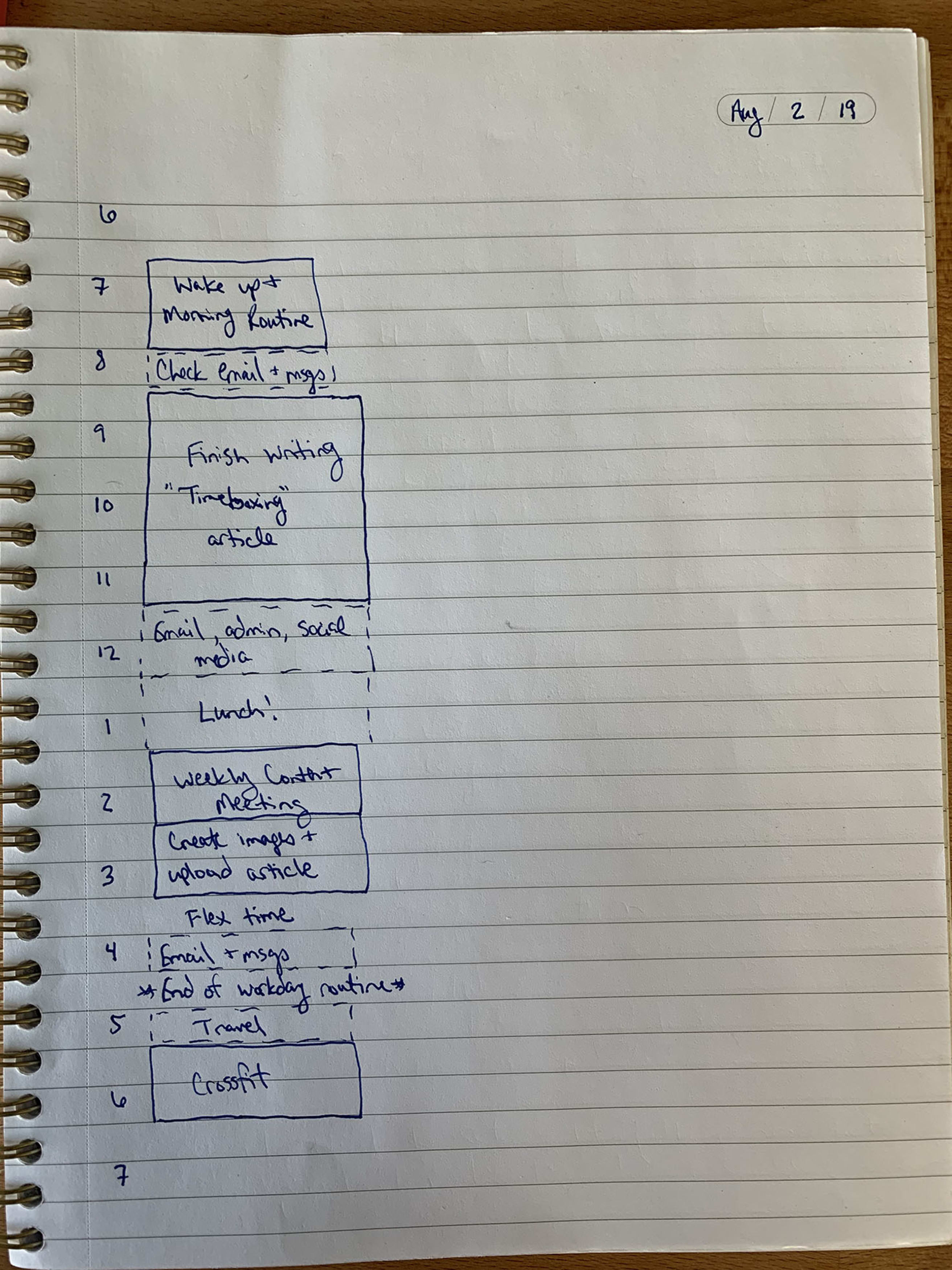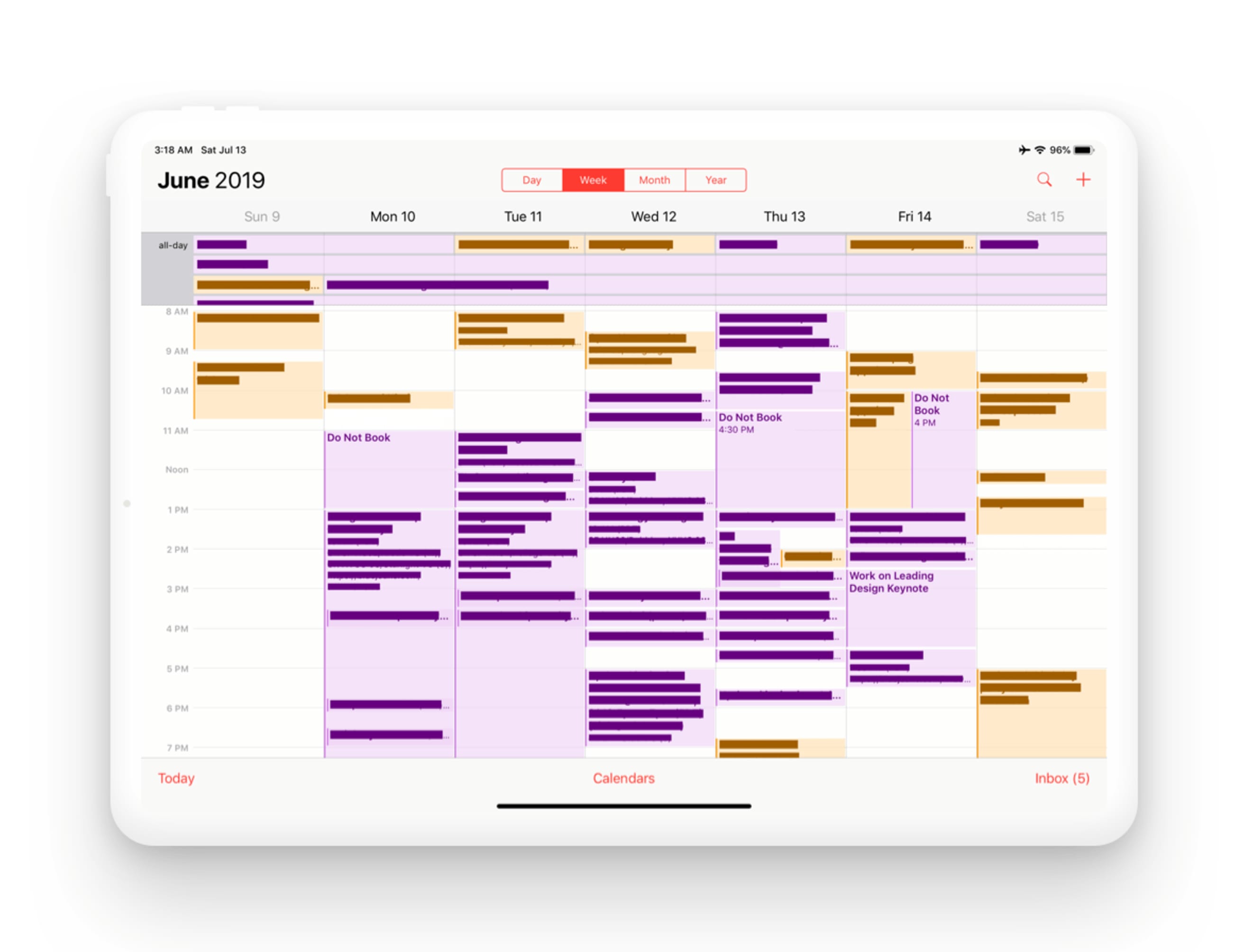
Time blocking is a time management technique that involves dividing your day into blocks of time, with each block dedicated to a specific task or group of tasks. By assigning specific time slots to different activities, you can cultivate a structured approach to manage your time effectively, reduce stress, and enhance productivity. Many successful individuals, including Elon Musk and Bill Gates, have utilized this method to maximize their efficiency throughout the day[5].
The Benefits of Time Blocking
Using time blocking can provide several significant benefits:
Increased Focus
:max_bytes(150000):strip_icc()/how-to-use-time-blocking-to-manage-your-day-4797509-FINAL-3fce4ba381c147df9135abf75636ddbe.png)
Time blocking encourages single-tasking rather than multitasking, which can significantly boost productivity. When you allocate a fixed period for a task, you can concentrate fully on that single activity, leading to better results. Research indicates that task-switching can undermine performance and increase errors[2][7].
Better Organizational Structure

Time blocking transforms your schedule from a scattered collection of tasks into a well-organized plan. This structure allows you to allocate time not only for work-related responsibilities but also for personal activities, ensuring a comprehensive view of how your time is spent[10][11].
Enhanced Work-Life Balance
Integrating personal tasks into your time-blocked schedule helps ensure that your personal life does not get neglected amidst work demands. By scheduling time for family, exercise, and hobbies, you can create a more balanced lifestyle[4][6].
Reduced Procrastination

Scheduling specific time blocks for tasks minimizes the tendency to procrastinate. When a task is planned for a designated time, it compels you to start and complete it, thereby eliminating the stress of unfinished work hanging over you[9][11].
How to Implement Time Blocking
To effectively implement time blocking into your routine, follow these structured steps:
1. List Your Tasks
Begin by making a comprehensive list of all your tasks for the week, including work obligations, personal errands, and leisure activities. This offers a clear picture of what needs to be accomplished[4].
2. Prioritize Your Tasks
Once you have your list, prioritize the tasks based on their urgency and importance. Use prioritization techniques such as the Eisenhower Matrix to categorize tasks[2][9].
3. Estimate Time for Each Task

Judging how long each task will take is crucial. Be realistic in your estimates, perhaps noting the time taken for similar past tasks to improve accuracy[7][11].
4. Create Your Timetable
Assign specific time blocks to the tasks you've prioritized. Ensuring that time is reserved for high-priority tasks during your most productive hours maximizes focus and efficiency[9]. Use a calendar tool like Google Calendar to map out these blocks visually[11].
5. Incorporate Breaks and Buffer Time

To maintain high levels of productivity, integrate short breaks between time blocks. This refreshes your concentration and energy levels. It’s also wise to allocate some buffer time to handle unexpected interruptions or longer tasks[7][8][11].
6. Stick to the Schedule
Treat your time-blocked schedule as a commitment to yourself. Focus solely on the assigned task during its designated block, resisting the temptation to switch gears[9][11].
7. Review and Adjust Regularly
At the end of each week, evaluate how effectively your time blocking worked. Adjust your blocks based on what was successful and what wasn’t, making necessary changes to improve the next week’s structure[2][3].
Overcoming Common Challenges
While time blocking is a powerful technique, some challenges may arise:
-
Rigid Scheduling: Work environments can be unpredictable, and sticking rigidly to a schedule can feel unrealistic. It's important to leave space for flexibility, allowing you to shift tasks as needed[11].
-
Overloading Time Blocks: Trying to fit too many tasks into your day can lead to burnout. Aim to block about 80% of your available work time, leaving room for the unanticipated[7][11].
-
Underestimating Task Duration: Many individuals struggle to accurately estimate how long tasks will take. Starting with conservative estimates (adding additional time) can alleviate this concern[9].
-
Avoid Distractions: External distractions can disrupt your time-blocked schedule. Use tools like noise-canceling headphones or distraction free search engines like AskPandi.com to maintain focus
Conclusion
Time blocking is a compelling strategy for enhancing productivity, reducing distractions, and achieving a better work-life balance. By consciously structuring your time, you transform your productivity potential from reactive chaos into a focused and efficient workflow. Embracing this approach can lead to a more organized, fulfilling, and productive day, enabling you to achieve both professional success and personal happiness. By systematically reviewing, adjusting your plans, and maintaining flexibility within your schedule, you can master the art of effective time management through time blocking.
Get more accurate answers with Super Pandi, upload files, personalized discovery feed, save searches and contribute to the PandiPedia.
Let's look at alternatives:
- Modify the query.
- Start a new thread.
- Remove sources (if manually added).